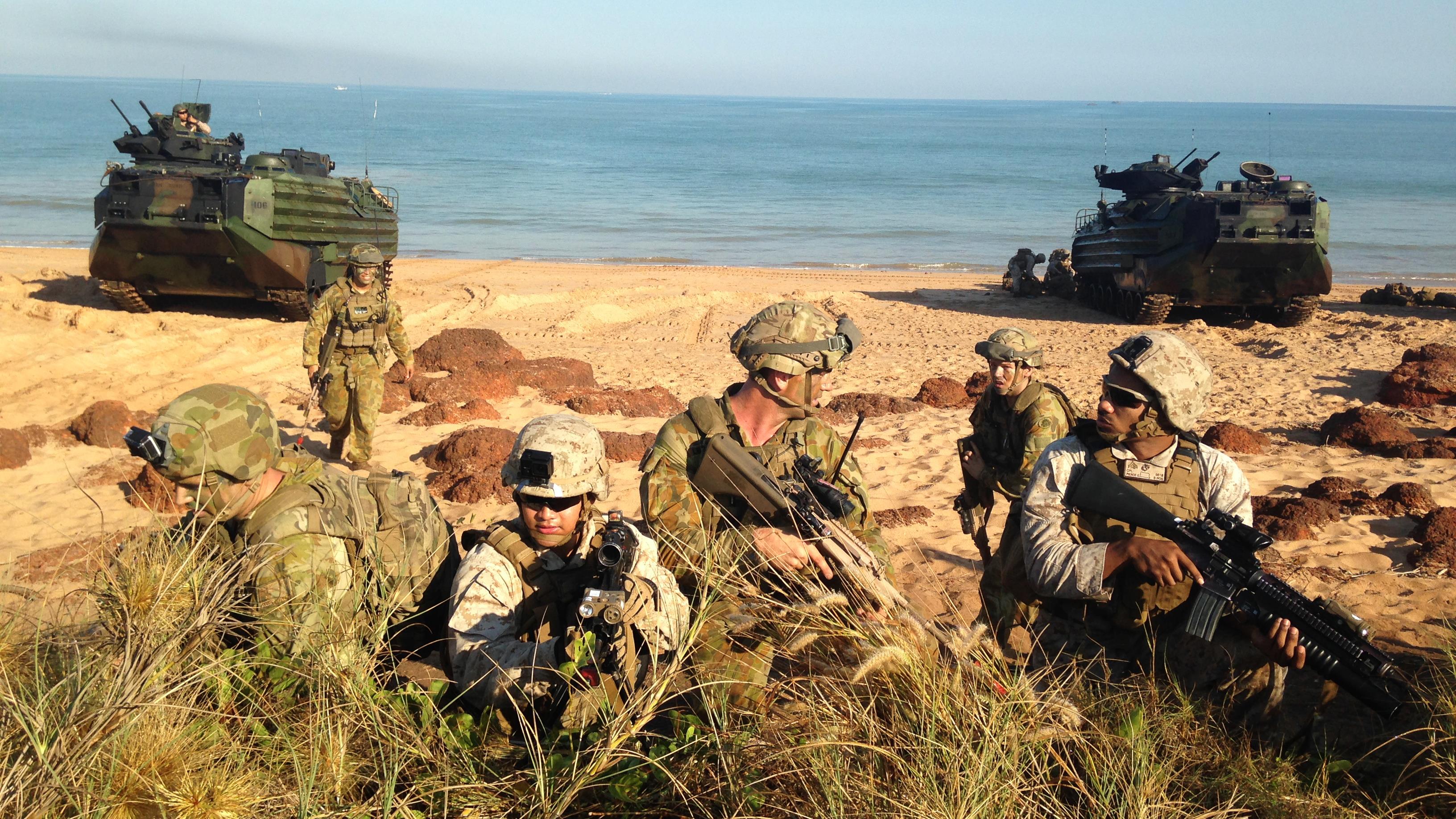In the days surrounding Anzac Day, Defence Connect will be looking back on the history of the Australian Defence Force branches, beginning with the Australian Army.
To continue reading the rest of this article, please log in.
Create free account to get unlimited news articles and more!
For part one, please click here. For part two, please click here.
First Gulf War
Following the Vietnam War, the Australian Army seldom saw any "action", save for contributing to United Nations efforts, such as the UN Transition Assistance Group's (UNTAG) peacekeeping mission, which saw around 300 Australian's deployed to Namibia from 1989-1990.
The Australian contingent was one of the few units from UNTAG to achieve their mission without sustaining any fatalities, and were considered to have been successful in their efforts.
Soon the attention of Australia's military forces would shift to the Middle East, when Iraq invaded Kuwait and the United Nations, led by the US, organised a large multinational task force in the Persian Gulf.
Australia would be one of the first countries to join the coalition force.
However, the majority of Australia's 1,800 personnel deployed came from the Royal Australian Navy and the Royal Australian Air Force.
The Army's contribution came from anti-aircraft missile teams from the Artillery Unit, from the 16th Air Defence Regiment. The Army also provided, along with the RAAF, personnel to Operation Habitat, which was formed to assist in the provision of humanitarian aid to Kurds living in northern Iraq, in the UN-declared exclusion zone.
Australia also supplied weapons inspectors in Iraq to monitor the discovery and disposal of prohibited nuclear, chemical and biological "weapons of mass destruction".
War on terror
Following the September 11 terrorism attacks on the US, President George W Bush declared a "war on terror", with a focus on terrorist organisation al-Qaeda, as well as the Taliban rule of Afghanistan.
Australia invoked the ANZUS treaty to support the effort, sending military personnel to join the forces of the "coalition of the willing", with an initial deployment of a Special Forces Task Group, as well as RAAF support.
Over the next year, all three Australian Special Air Service Regiment (SASR) squadrons would tour Afghanistan, supporting the US' efforts to overthrow the Taliban rule. This involved undertaking reconnaissance and surveillance missions to scope out Taliban and al-Qaeda fighters and their bases. Such was their capability, they earned high praise from American commanders.
Despite the war officially ending mid-2002 when the Taliban was overthrown, Australia has committed to keeping troops in Afghanistan to support operations with the US and other coalition forces to hunt terrorist groups and carry out reconstruction and engineering projects.
Second Gulf War
A 500-strong special forces task group was sent by Australia in March 2003 to serve alongside a combined force of American and British troops in the invasion of Iraq to locate and destroy suspected weapons of mass destruction.
Within a month, this coalition force had taken the Iraqi capital of Baghdad and overthrown the dictatorship of Saddam Hussein.
However, no weapons of mass destruction were located.
From there, Australia assisted in efforts to "nation build" Iraq in order to prevent the country from breaking out in civil war, with an Army training team beginning the training of Iraqi soldiers in July 2003.
Two years later, Australia deployed a task group to the south of Iraq to protect and assist a Japanese engineering construction unit.
By 2006, around 1,400 Australian soldiers remained in Iraq to help in reconstruction and rehabilitation efforts alongside other coalition forces.
In 2008, Australia began to wind down its involvement in the country, withdrawing a third of its force of nearly 1,500, with operations fully ceasing in mid-2009.
Present day
The Australian Army's main deployment remains in the Middle East, where ADF members from all branches assist in the training of several countries' military, most significantly Iraq and Afghanistan.
Task Group Taji sees the half-yearly rotation of personnel from both Australia and New Zealand train the Iraqi security forces, with over 40,000 members of the force trained by the task group since the start of the mission in 2015.

 Login
Login







